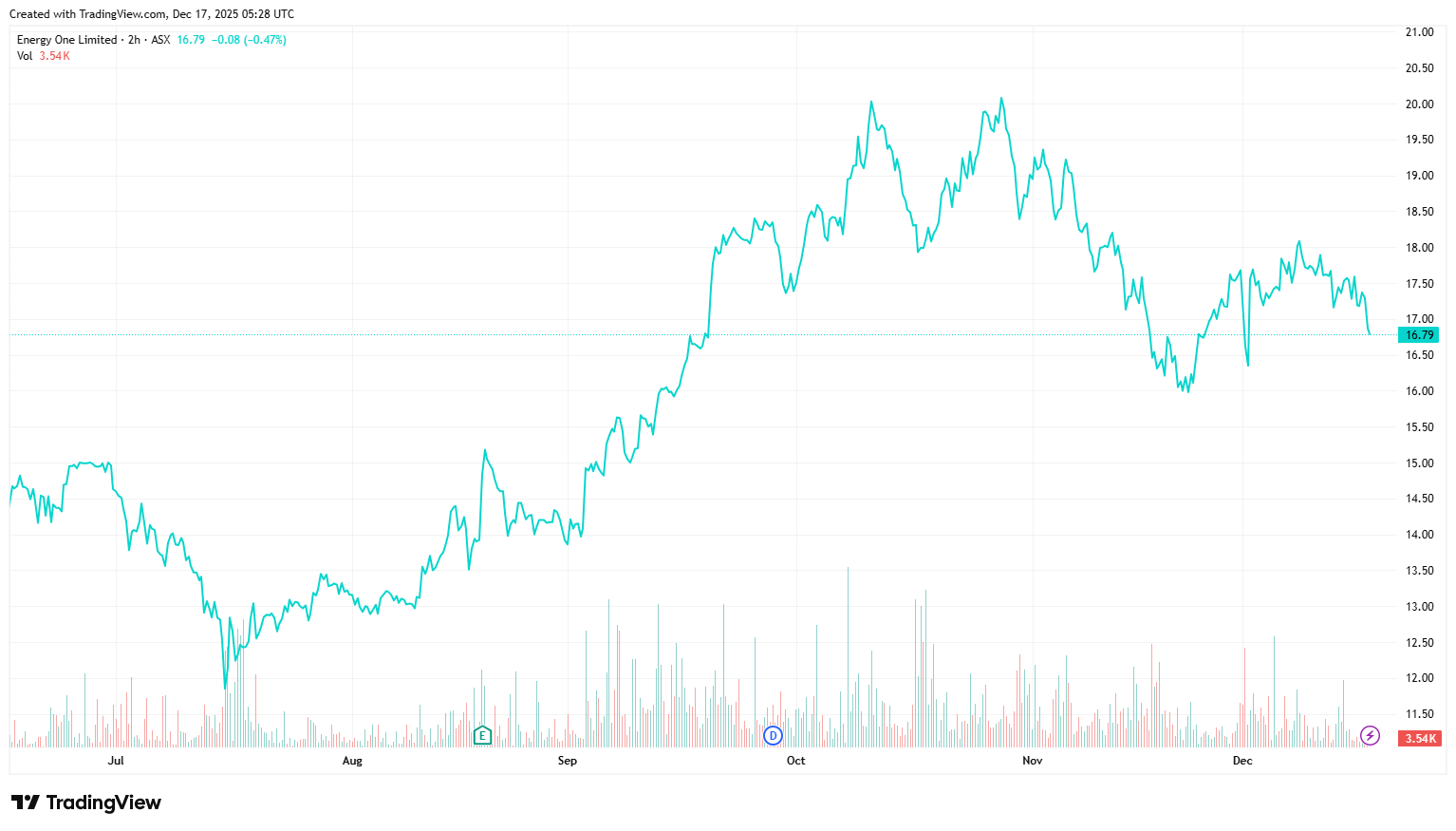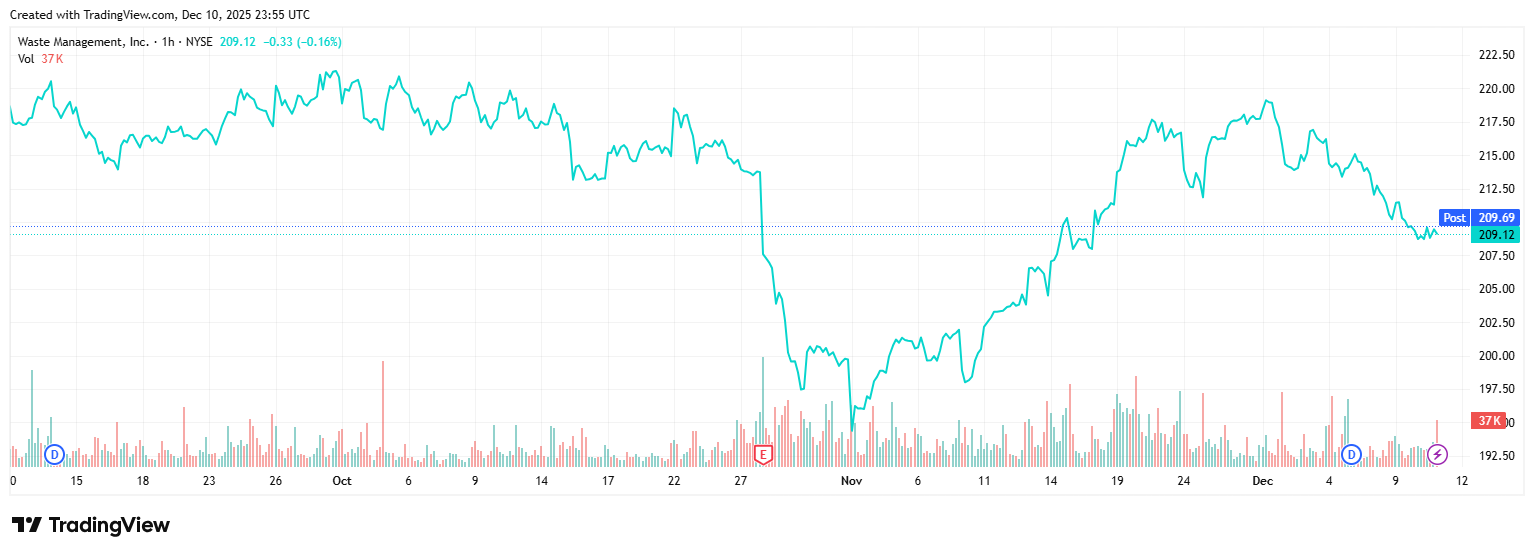What to know before rebalancing your investment portfolio
In the world of investing, maintaining a well-balanced portfolio is crucial for long-term success. As market conditions fluctuate and asset values evolve, your portfolio's allocation can drift away from your intended targets. This is where portfolio rebalancing comes into play. Rebalancing investments is the process of realigning your asset allocation back to its desired proportions. Whether you're a seasoned investor or just starting out, understanding the ins and outs of portfolio rebalancing is essential for optimising your investment strategy.
Why Rebalance Your Investment Portfolio?
Before delving into the mechanics of portfolio rebalancing, it's essential to understand why it's such a vital aspect of investment management. People rebalance their portfolios for various reasons, primarily to maintain their desired level of risk and return. Over time, certain assets within a portfolio may outperform or underperform relative to others, causing the portfolio's allocation to deviate from its original targets. By rebalancing, investors can trim back on overperforming assets and reinvest in underperforming ones, ensuring that their portfolio remains aligned with their investment objectives.

Benefits of Regular Portfolio Rebalancing
The benefits of rebalancing your stock portfolio regularly are manifold. Firstly, it helps manage risk by preventing your portfolio from becoming overly concentrated in any one asset class. This diversification can help mitigate losses during market downturns while still allowing you to participate in potential upside. Additionally, regular rebalancing can enhance returns by systematically buying low and selling high, effectively enforcing a disciplined buy-low, sell-high approach to investing.
Potential drawbacks of Rebalancing
On the other hand, asset rebalancing opens the door to potentially reducing portfolio exposure to sectors that have been outperforming whilst simultaneously adding to areas of the market that have been underperforming.
How Often Should You Rebalance Your Stock Portfolio?
One common question among investors is how frequently they should rebalance their stock portfolio. While there's no one-size-fits-all answer, most financial advisors recommend reviewing your portfolio at least annually. However, you may choose to rebalance more frequently, particularly if there are significant market movements or if your portfolio drifts substantially from its target allocation. Conversely, some investors prefer a more hands-off approach and rebalance only when their portfolio deviates significantly from their desired asset allocation.
Building a Balanced Stock Portfolio
Building a balanced stock portfolio involves diversifying your investments across various sectors, industries, and asset classes to spread risk and maximise potential returns. Start by determining your investment goals, risk tolerance, and time horizon. Then, select a mix of stocks that align with your objectives, considering factors such as company fundamentals, sector outlooks, and market conditions. A well-balanced stock portfolio should include a mix of growth stocks, value stocks, dividend-paying stocks, and possibly some defensive stocks to weather market volatility.
How to Rebalance Your Stock Portfolio
When it comes time to rebalance your stock portfolio, there are several approaches you can take. One method is to sell overweighted assets and reinvest the proceeds into underweighted ones to bring your portfolio back into balance. Another approach is to redirect new contributions or dividends toward underperforming assets to gradually realign your allocation. Alternatively, you can use automated portfolio management tools or hire a financial advisor to handle the rebalancing process for you, ensuring that your portfolio remains on track with minimal effort on your part.
In conclusion, portfolio rebalancing is a critical component of successful investing. By rebalancing your investment portfolio regularly, you can manage risk, enhance returns, and maintain a well-balanced portfolio tailored to your investment objectives. Whether you're aiming for a balanced share portfolio in Australia or seeking to build a diversified stock portfolio elsewhere, mastering the art of portfolio rebalancing is essential for long-term financial success.
Subscribe to our newsletter
Disclaimer: This article does not constitute financial advice nor a recommendation to invest in the securities listed. The information presented is intended to be of a factual nature only. Past performance is not a reliable indicator of future performance. As always, do your own research and consider seeking financial, legal and taxation advice before investing.











